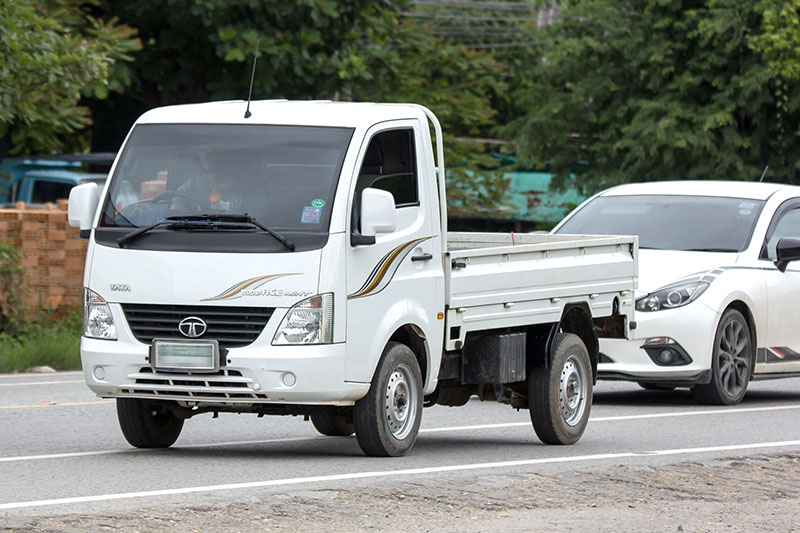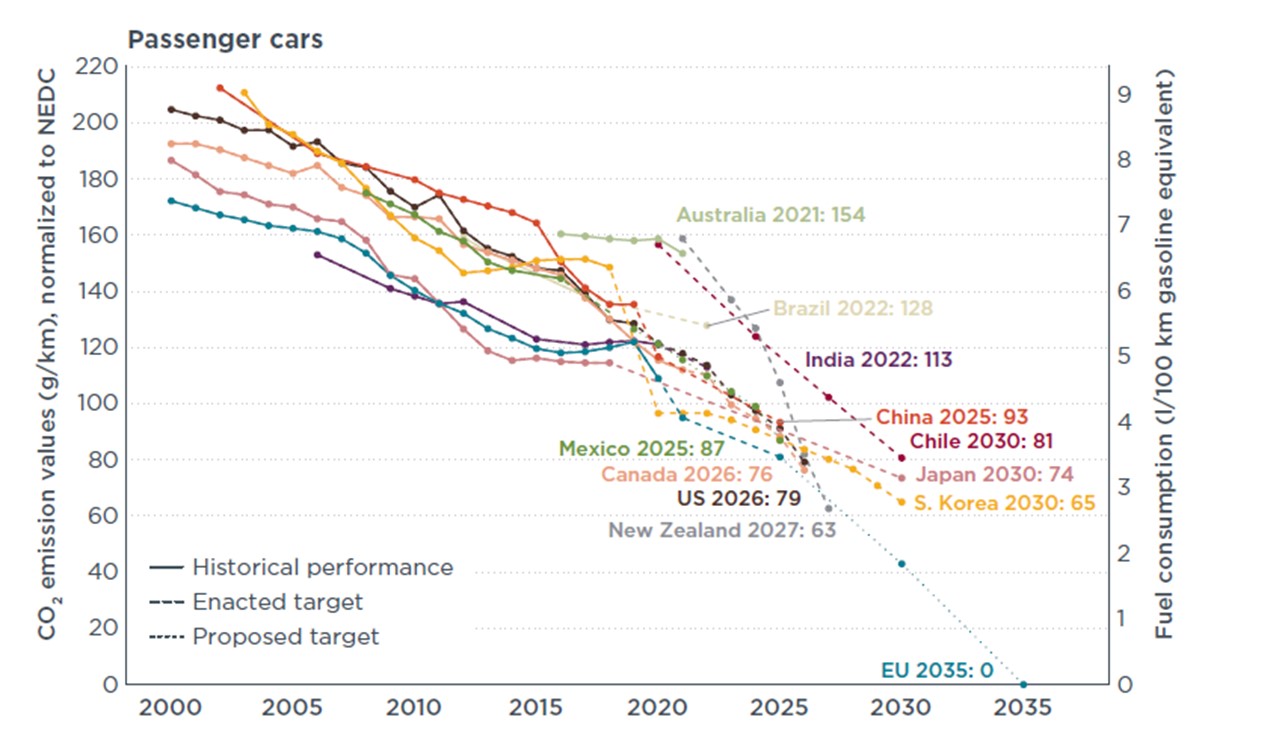ICCT fuel consumption analysis of light trucks in India makes case for CO2 standard

GFEI partner the International Council on Clean Transportation (ICCT) has undertaken new analysis on the light commercial fleet in India. This includes both mini trucks and pickup trucks which are used as “last-mile” connectivity to move goods to their final destination. While India has a fuel economy standard for passenger cars (based on CO2 emissions), these do not currently apply to Light Commercial Vehicles (LCVs). The paper creates a baseline of fuel consumption to help regulators develop an effective CO2 standard.
Seven manufacturers sold LCVs in the Indian market during the study year (2018-19). The market is dominated by two manufacturers, Mahindra & Mahindra (45%) and Tata Motors (40%), with Mahindra selling 79% of pickups, and Tata selling 56% of mini trucks (particularly the Tata ACE, with 46% market share).
The study compared the fleet characteristics and average emissions between 2014-15 and 2018-19. It found that the average curb weight of mini trucks decreased, despite the average footprint increasing slightly from 2.7m2 to 3m2. The market share of mini trucks (54% to 57%) and pickups (46% to 43%) remained broadly similar. Pickups tend to have bigger engines and heavier curb mass, and are used for both commercial and personal purposes. The proportion of new vehicles powered by compressed natural gas (CNG) fell from 11% to 2.4%. However, there were some new sales of electric versions of LCVs.
The baseline analysis shows that the fleet average CO2 emissions level for LCVs in India was 143.1 grams (g) per kilometer (km) in 2018–19. Based on fleet average weight, Indian LCVs would have to further improve by 12% to meet the EU targets for 2019. This is because although Indian vehicles have lower emissions, they are also lighter and so subject to tighter standards. ICCT conclude that mandatory CO2 emission standards would help stimulate the inclusion of additional fuel efficiency technologies such as idle start-stop, low-resistance tires, and low viscosity engine oils.







